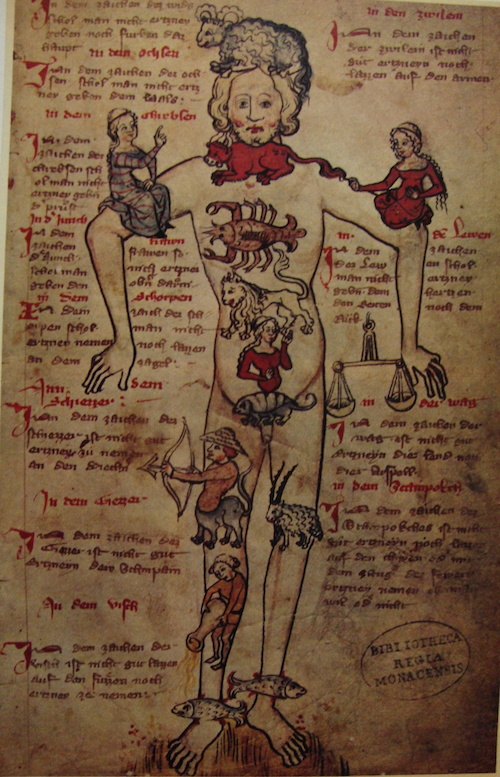HAU33029/30 Arts of Astrology: Science and Belief from the Thirteenth to the Seventeenth Century

This module examines images of astrology found in illuminated manuscripts, astrological charts and talismans, playing cards, prints, maps, paintings and tapestries, as well as in architecture in the broad global early modern world to explore their political, medical, divinatory, and magical use.
Considering the early modern Western astrology as the result of the intercultural exchanges from Greece, Babylon and India to the rest of the world via images and texts that translated diverse ideas on natural philosophy, the students will learn key concepts from Renaissance Neoplatonism and Hermeticism to discuss the reception of astrological knowledge in a variety of everyday objects.
Students will also reflect on the role of astrological images in the transmission of Western knowledge (deemed magical or scientific) via colonisation, as well as on the influence that early modern celestial observations taken forth by cutting–edge artifacts and novel circumnavigations around the world had on the global shaping of astrological imagery.
- Module Organiser:
- Dr Vanessa Portugal
- Duration:
- Semester 1
- Contact Hours:
- HAU33029: 2 Lectures per week, 1 seminar per fortnight
- HAU33030: 1 lecture per week, 1 seminar per fortnight
- Weighting:
- HAU33029: 10 ECTS
- HAU33030: 5 ECTS
- Assessment:
- HAU33029: Essay, project and visual analysis exercise
- HAU33030: Essay and visual analysis
- Course open to:
[M=mandatory; O= optional] : Single Honors (O), Joint Honors (O), Art History as a minor (O), visiting (O).
Learning Outcomes:
On successful completion of the module students should be able:
- Identify key astrological themes in sites and artworks from the period.
- Analyse artistic practice and patronage in the development of astrological artworks.
- Explain the functions of diverse astrological artworks based on contemporary literary, philosophical and astronomical texts.
- Engage critically with texts and art-historical methodologies to study the topic.
- Defend an argument in response to a specific question in written and oral presentations, using examples of works of art.
- Communicate ideas formed from the study of both primary and secondary sources.

